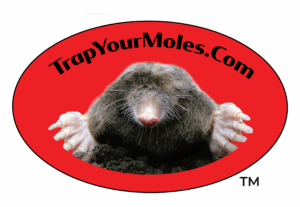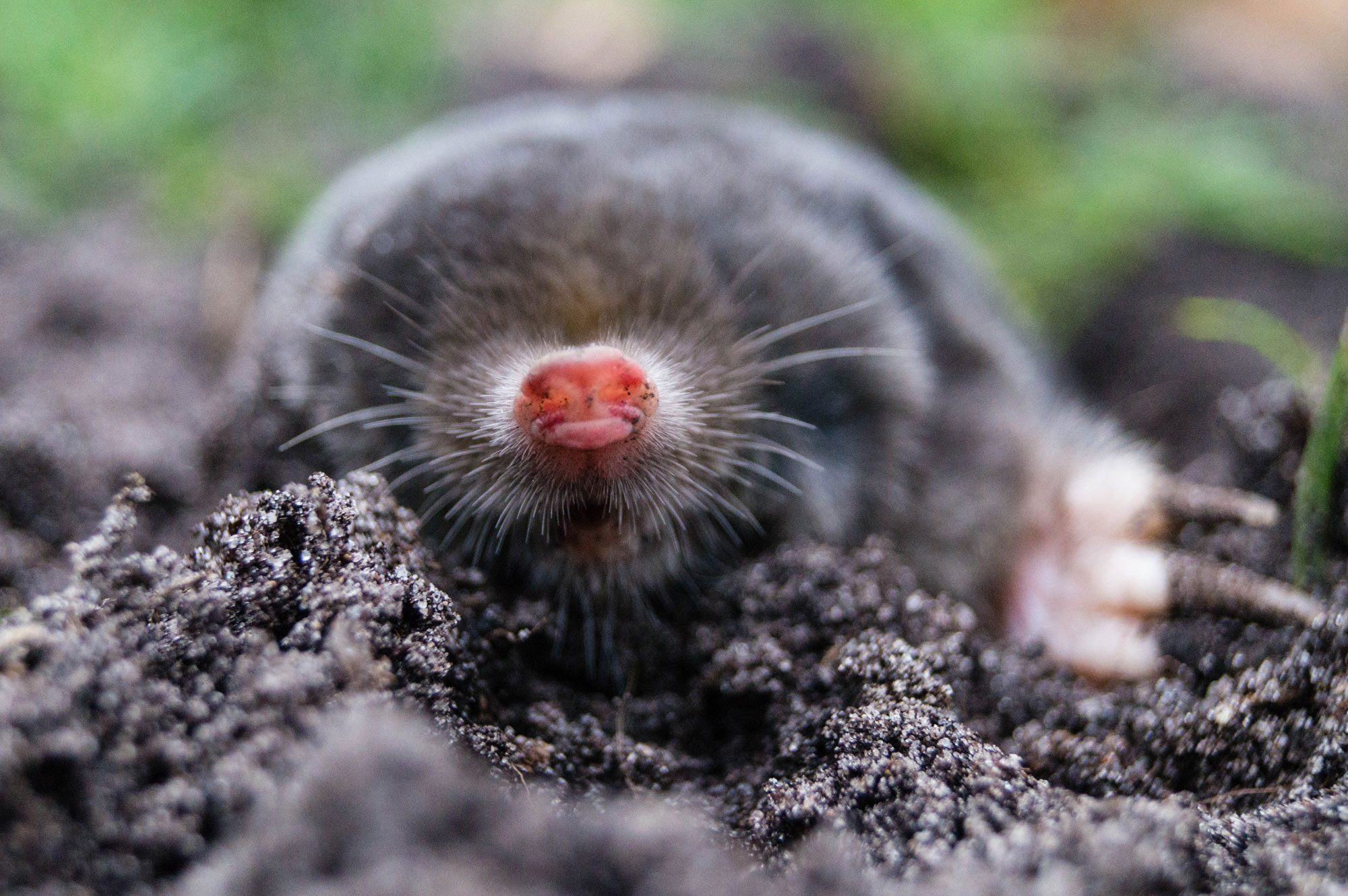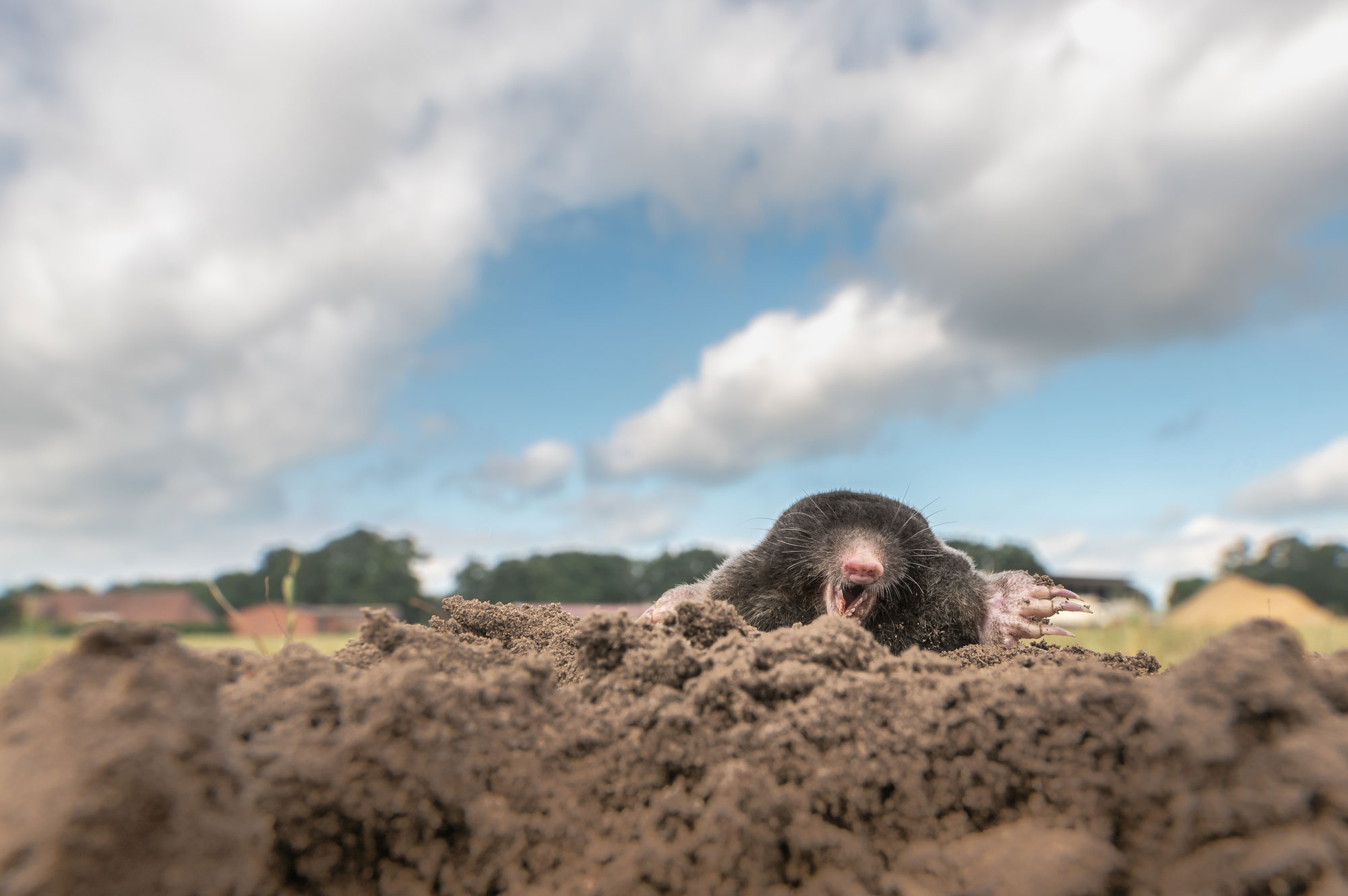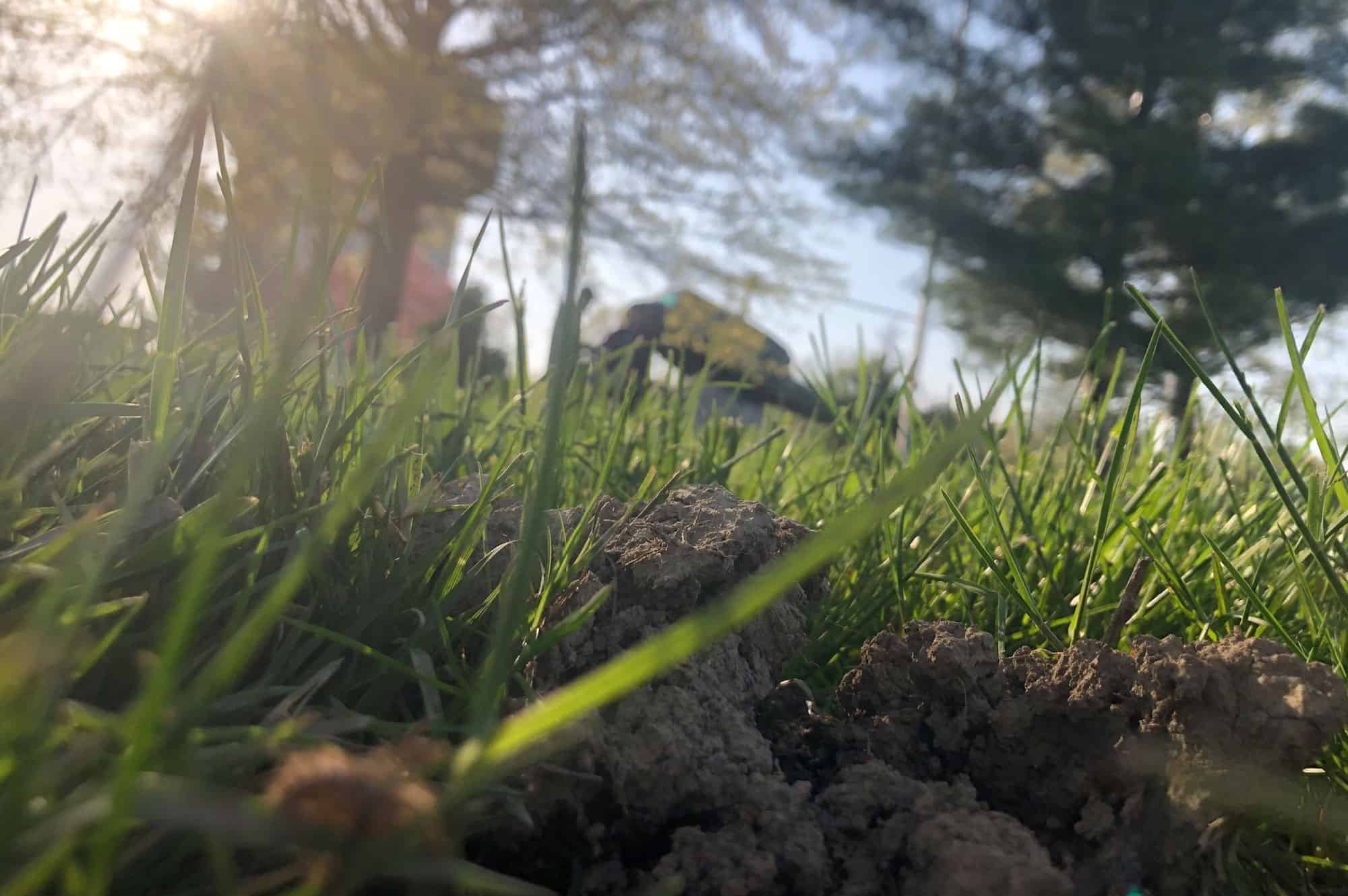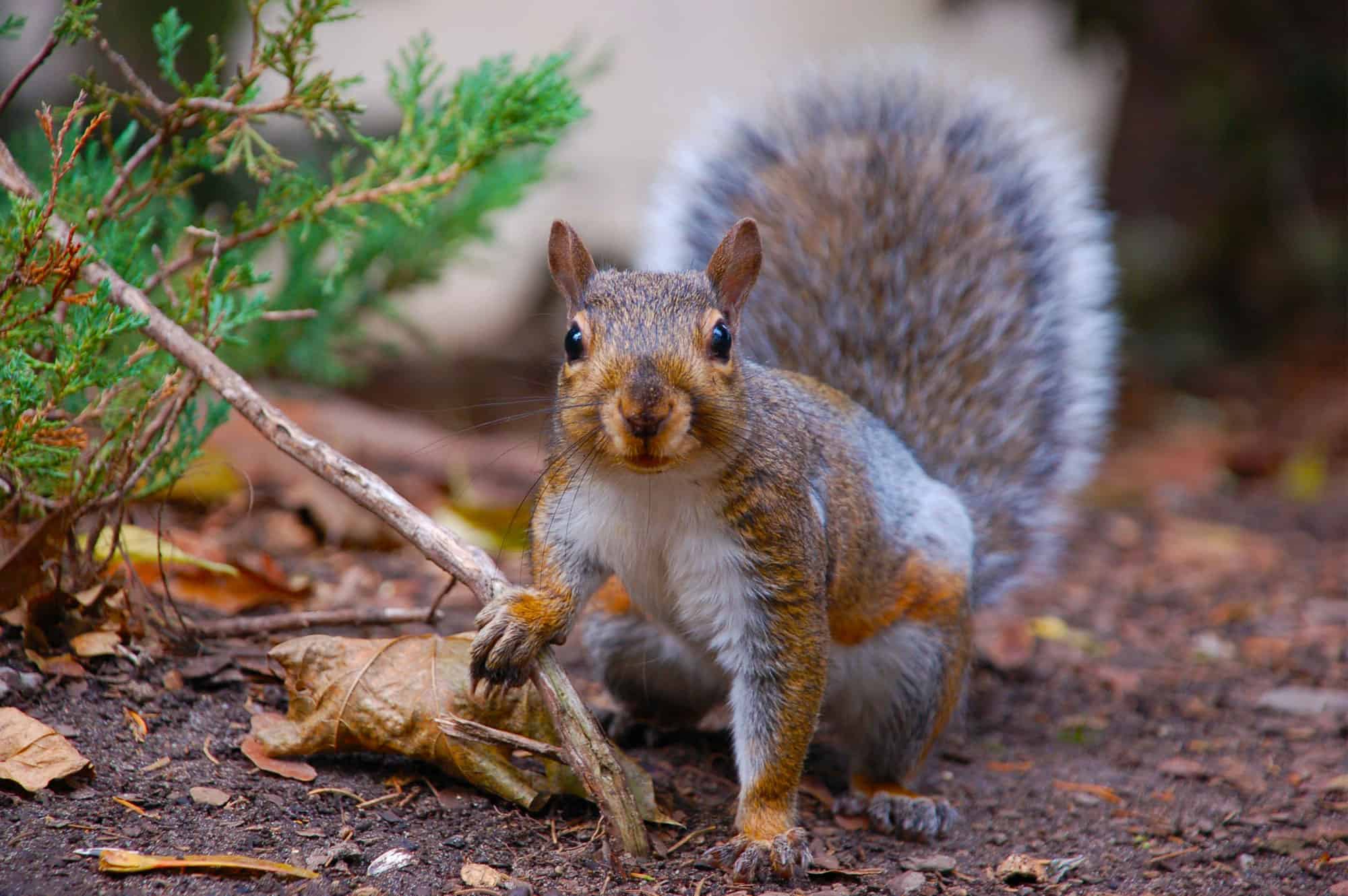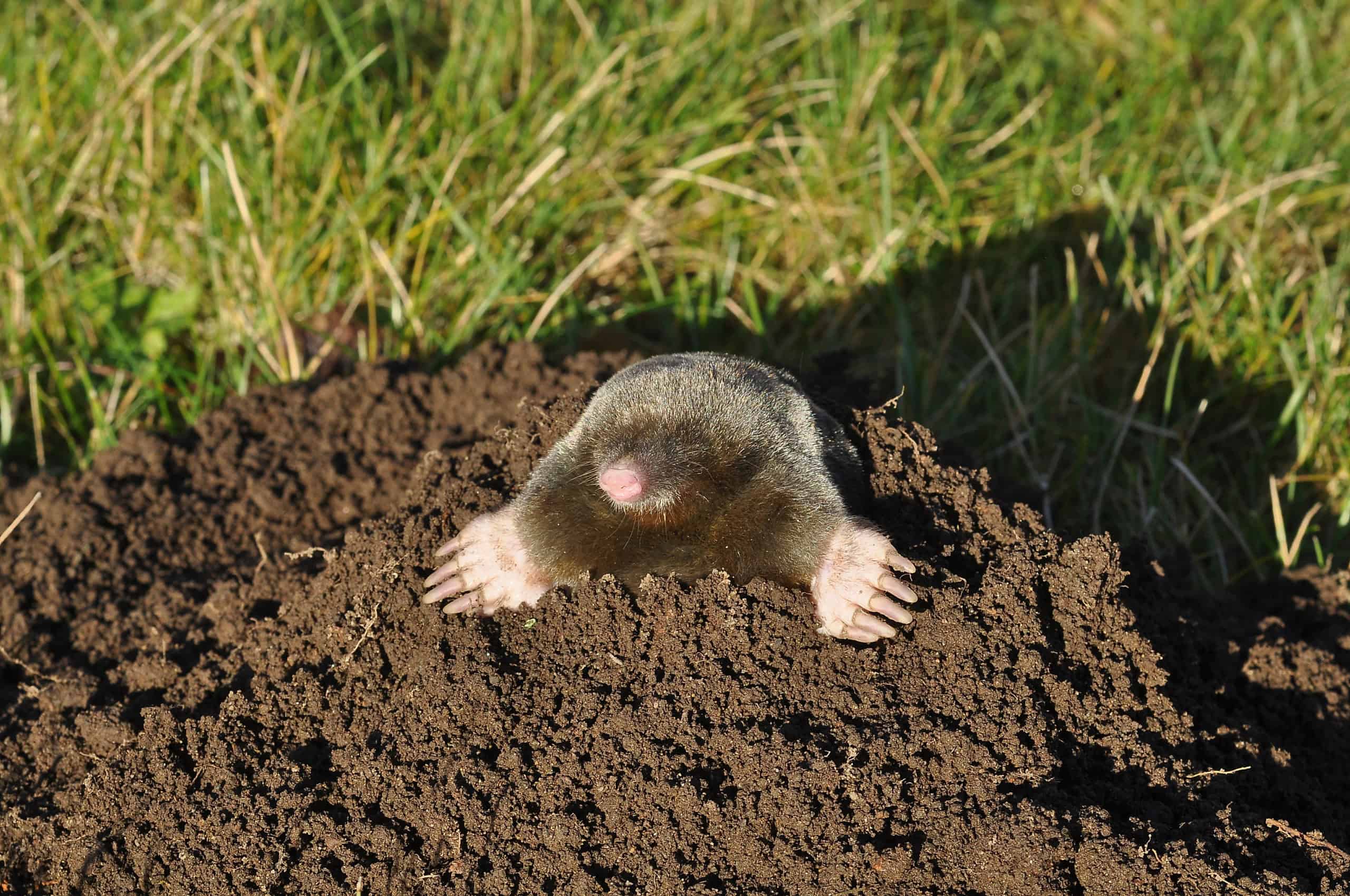The internet has many how-to articles for DIY solutions to common problems. You can find thousands of tips, tricks, and strategies that promise quick solutions without involving the experts. Some of this advice is useful, but a lot is just noise. DIY mole removal strategies fall into the latter category.
Eastern ground moles are small, annoying pests that live mainly in the Eastern United States. They spend most of their lives underground, and once they have made a home in your yard or garden, they can cause serious damage. Many homeowners will turn to the internet for ideas on how to get rid of moles in their yards. However, these DIY mole removal strategies are usually ineffective. Many methods are untested by experts, and the results found online are based on anecdotal evidence, rather than scientific fact.
In this blog, we’ll cover the top DIY mole removal strategies, and why they don’t work. Read on so you don’t waste time and money trying ineffective mole removal methods. Then, we’ll cover what you should do instead if you have a ground mole problem.
Sound Repellents
Garden centers carry many types of sonic ground mole repellents. These battery-powered devices are stuck into your lawn, and supposedly emit a high-pitched frequency or vibration that frightens moles away from your property. The advertising on these products claims that the noise will be so annoying to the moles that they will leave your yard and find somewhere quieter to dig their tunnels.
However, the evidence to support these products is anecdotal, at best. Experts have not tested sound repellents as a mole removal strategy. What may often occur is a simple coincidence, where a homeowner places a sound repellent in their yard and the mole simply moves to a different part of their territory. Moles will travel throughout their designated territory as food becomes available, so it may be that they were not necessarily “repelled” by the sound, but simply wandered off looking for more food.
Castor or Peppermint Oil
A common DIY mole removal strategy is to soak cotton balls in castor or peppermint oil and place them at the entrances to mole tunnels. Supposedly, the oils are toxic to moles and can hurt them, but the evidence supporting this claim is shoddy at best.
While these oils can make moles sick if ingested, the moles are more likely to simply ignore the cotton balls. Soil can block scents from traveling, and as the moles dig deeper underground, they won’t necessarily notice that you’ve added something to their tunnels. If they do get close, they can simply avoid the smell and dig elsewhere.
Blocking Tunnels
Moles spend almost the entirety of their lives digging tunnels to find food. A common DIY mole removal method is to block the entrances of their tunnels with dirt or pieces of wood to make them leave your property. The conventional wisdom goes that moles will get sick of having to dig more tunnels than necessary and dig elsewhere to establish a territory that is less work for them.
However, blocking tunnels is more likely to just make the moles dig more tunnels around the obstruction, which ruins your yard faster and can cause more problems. This DIY mole removal strategy may inadvertently make your mole problem worse.
Reducing Food Sources
The Eastern Ground Mole’s primary food sources are grubs and earthworms. Some DIY mole removal strategies include using beneficial nematodes or other natural methods of grub control to reduce their food sources. The ideology behind this method is that if there isn’t enough food for a mole to eat in their chosen territory, they will move somewhere else where there is enough food.
However, while moles do prefer grubs, they will eat just about any insect they can find. Unless you’re able to drastically reduce the insect, grub, and worm populations in your yard without killing your plants, you probably won’t make enough of a dent in the mole’s food source to encourage it to find somewhere else to hunt.
Baits
Mole bait is a poison that is shaped like a grub or an earthworm, the mole’s favorite food source. Mole baits are effective at killing moles, however, getting them to eat them is the biggest problem with this DIY mole removal strategy. Unless the bait is placed directly in the path of the mole, they may not find it with as much as they tunnel, even if you place it at the entrance of the tunnel.
Another reason why this method may be ineffective is its risk factor. These baits are also toxic to dogs, cats, and other animals, and may cause a problem if ingested by the wrong animal. It’s best to avoid using bait at all costs, as the risks can outweigh the benefits.
Noxious Flowers
Finally, a common DIY mole repellent strategy involves the use of plants or flowers that moles find repulsive. Marigolds and other flowers supposedly are noxious to moles and planting a border of them around your garden may discourage moles from digging into your yard in the first place. However, evidence of the effectiveness of these flowers in repelling existing moles is inconclusive.
What Can I Do to Remove Moles?
If this list has you discouraged, you don’t need to worry. The best and most effective way to remove ground moles in your yard is to have them trapped and killed by expert pest removal services. Trap Your Moles has been trapping moles and other wildlife pests in the Cincinnati area for years. We are dedicated and thorough, so you don’t have to worry about the moles coming back once we’ve removed them.
If you’re struggling with moles in your yard, get in touch with us today and we’ll come to your property to do an inspection. We can then work with you to determine the best strategy to trap and kill the moles, so you don’t have to struggle with ineffective DIY mole removal solutions that waste your time and money.

